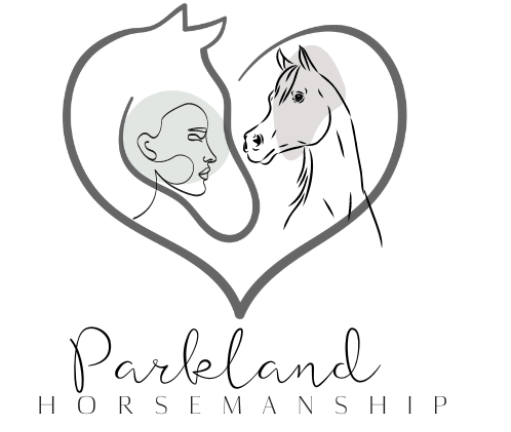Horse whisperers use various techniques to build trust between horses and riders and lead them naturally, rather than forcing training methods on them like in the past. By understanding each horse’s individual behavior and mindset they focus on leading them in an acceptable manner rather than forcibly breaking them with harsh training methods.
Communication among horses takes many forms and one of the most effective is body language. This may involve things such as passive shoulder/leg cock or soft eyes.
Breathing
Horses communicate through body language, sharing this connection with humans as well. Horse whisperers use gentle training methods that have evolved through observation of herd behavior instead of traditional approaches based on dominance or force.
To relax your horse, focus on deepening the outward breath so it ripples down through your core and gives your limbs more energy. This will allow your girl to remain confident and focused on her task at hand.
Eyes
Horses use both visual and verbal signals to communicate with one another, so understanding this complex web of interaction is vital in decoding its silent yet profound language.
Eyes can tell us so much about how horses are feeling, though reading their gaze takes patience since horses take time to express their emotions.
Emotions expressed through horse behavior vary considerably; understanding their subtle gestures allows us to build trust and develop unbreakable bonds with them.
Ears
Horses communicate mostly nonverbally. Learning to decode their movements and gestures reveals a vast network of subtle expressions – like deciphering an unconscious yet profound dialogue.
Rapidly swiveling ears indicate that a horse is monitoring his environment and listening out for sounds. Pinning flat to their heads suggests fear, aggression or irritation in this animal.
Mouthing and nibbling are telltale signs of curiosity and desire for social interaction in horses, providing trainers a window into the emotional landscape and helping to tailor training directives according to each horse’s current mental state.
Mouth
The tongue is one of the few parts of our bodies connected with three of five senses, making its incredible sensitivity and dexterity truly impressive. Horse tongues can sift through bites of grass and hay like dexterously using just one pointer finger!
An injured horse often shows its distress through involuntary reactions such as bracing its jaw or licking and chewing as an indicator of its state of mind. This behavior gives insight into their state of mind.
Grant works with an anxious horse for one hour during a demonstration at Diamond Cross Ranch, using his approach of fear-and-motivation management that transcends self-improvement trends to reveal time-tested truths about leadership.
Legs
Deciphering horses’ diverse body language and vocalization patterns is like engaging in an intimate, quiet dialogue.
Leg pressure can provide more precise cues to your horse than reins alone. For instance, when asked for lengthening and you close your outside hand into a fist in response, shortening his neck may indicate his understanding that this means “go.”
Horse whisperers typically employ a nonviolent and intuitive training method called natural horsemanship that goes back centuries.
Body Language
Horse body language tells a tale. Ears that swivel, tails that sway and overall posture communicate various messages from irritation to excitement; learning the subtleties of these signals allows handlers to read horses more effectively.
While some forms of equine body language, like the meaning behind nickers or cocked hind hoof movements, are easy to interpret, other movements require more time and attention in order to decipher correctly. By taking the time to understand these subtleties you can develop an intimate and rewarding relationship with your horse.
Vibrations
Horse whisperers understand that horses react more to vibrations than words or physical pressure, so their training methods typically employ calmness and kindness rather than dominance and remain attentive to the horse’s body language.
Horse whisperers understand the subtleties of horse behavior, such as minute changes in its head and neck, tail, ears, nostrils, eyes and mouth that signal arousal or emotions in their horse. A good horse whisperer will recognize these tiny indicators to build trust with their charge.
These are the fundamental elements of successful horse communication.

